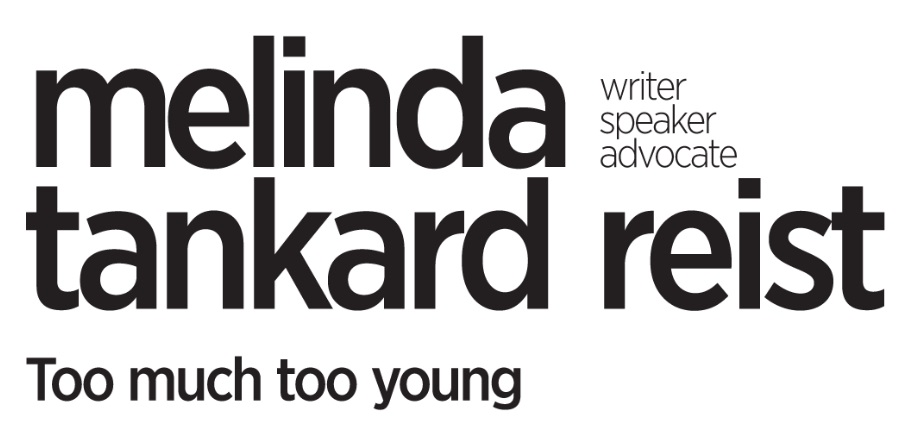BY BEL SANTO || MOSPRESS
The media is constantly bombarding young people with unrealistic, unattainable images of the ideal body, the ideal lifestyle; and it’s taking its toll.
Sexploitation of Young Girls
From as young as infancy, girls are being hypersexualised and told by the media that they are to look a certain way if they want to be successful, happy, popular, loved. This unattainable appearance serves to hypersexualise women, who grow up thinking that curves, a flat stomach, a thigh gap and long, flowing hair is their biggest goal in life, and will allow them to be desirable to potential partners: as if this is the highest achievement a woman can strive for. This unattainable expectation is facilitating soaring mental illness cases, with 1 in 100 adolescent girls becoming anorexic, 1 in 10 bulimic.
Hyper-Masculinisation of Young Boys
The sexploitation of young people is not limited to girls, with the unattainable expectation for men to have hyper-masculinised bodies from younger and younger ages pressuring boys to want to look a certain way. 65% of steroid users attributed their use to body image and appearance-related issues, which emphasises the unhealthily unrealistic image the media projects onto men, and the detriment it causes.
The Affect
Unrealistic expectations are likening to an epidemic, and with the omnipresence of images that tell us how to look and what to eat and what to wear, it’s not surprising that mental health is increasingly fragile in young people. A quarter of young people aged 16-24 have mental disorders, an all-time high, and the images projected by the media play a central role in this.
When being constantly bombarded by images of how our bodies should look and what type of clothes we should wear, it’s easy to get swept up, and begin to view yourself negatively because you’re being told that you should value your self-worth according to how you appear comparatively. Low self-esteem is becoming normal, and self-deprecation almost fashionable, as society is increasingly telling us that to be happy with who you are is undesirable. There’s always room for improvement, the media will say, as they proceed to recommend diets, exercises and recipes for their own financial benefit.
Who’s to Blame?
The media holds the lion’s share of blame, responsible for spreading unrealistic, damaging messages about body image on an unprecedented scale. However, as Melinda Tankard Reist has said, “We [Generation X] have to admit that we are to blame, but then we have to do something about it.” Older generations, and now younger generations, are so used to receiving such unhealthy messages that we’ve stopped challenging such expectations, we’ve become complacent to our own detriment.
The pornography industry also contributes greatly to the unrealistic expectations young people hold not just for body image, but sex. This places pressure on both men and women to ‘perform’ in a similar manner to what they see online, without realising the unrealistic nature of these productions, and without acknowledging the fact that they are constructions of imagination. The porn industry has also projected body types to younger audiences, making women in particular feel that they need to look like the women in pornography. This has lead to 1 in 4 girls in Australia wanting to have plastic surgery, and the apparent need for ‘My Beautiful Mommy’, a book written by a cosmetic surgeon teaching kids about why their mothers are undergoing plastic surgery.
Blame should not be placed on women, though. To blame a woman for wanting to dress revealingly is wrong, because it is an individual choice. It is wrong, however, when a woman feels pressured to dress a certain way: no matter how you dress, it’s perfectly fine so long as you make that choice for yourself, not for anyone else. There can be an element of blame for men, as they objectify and feel entitled to women and their bodies. However, this is also a result of the pornography industry projecting ideas that sex is for male gratification only, and that, as Reist said, women “simply masturbatory aids”. Everyone is to blame to varying degrees, so to begin blaming men solely over women, or women solely over men, is just facilitating the toxic messages we are bombarded with by the media. To think critically and challenge complacency will stop these attitudes, and allow everyone to feel as they rightfully should: comfortable in their own skin.
What Can We Do?
Should we all choose to challenge these projections and universally recognise that there is no ‘perfect body’, that men and women should be equal and not objectified, change will ensue. If we all change our attitudes and refuse to be complacent in the images of the media and porn industries, we can create healthier body image for not just ourselves, but future generations. There are multiple emerging organisations and movements that aim to do just this, for example Melinda Tankard Reist’s Collective Mind and Taryn Brumfitt’s Body Image Movement, so get involved with what you connect most with.
Melinda Tankard Reist
Mosman Council arranged for a seminar with leading activist Melinda Tankard Reist on the 17th of August, and I was lucky enough to attend on behalf of MosPress, hence this article. Reist has identified the issue of youth sexploitation, writing two books and creating the ‘Collective Mind’ organisation to try and counter toxic media messages. She felt that “the way we are shaping and conditioning our girls [and boys]” is not receiving enough attention, so, through talks like this, Reist is refusing to ignore the fact that young people are being desensitized and constantly pressured by media.






